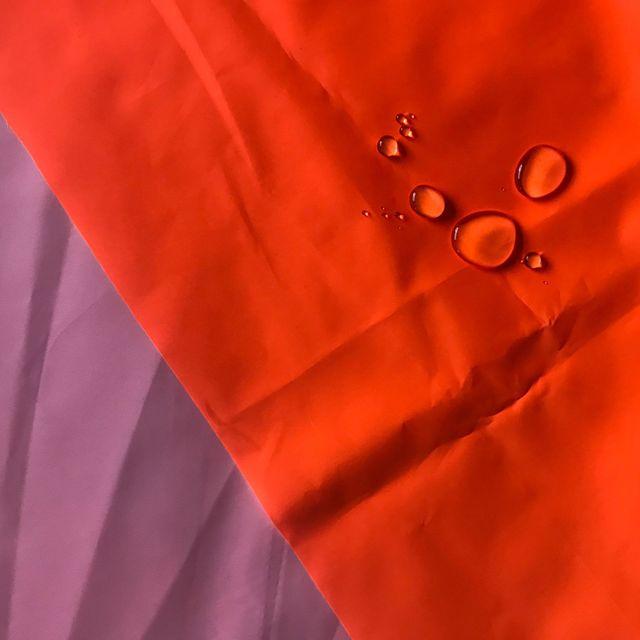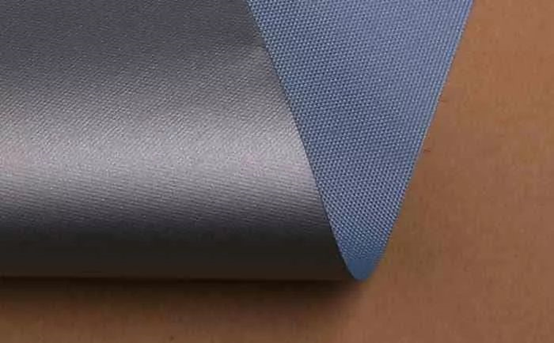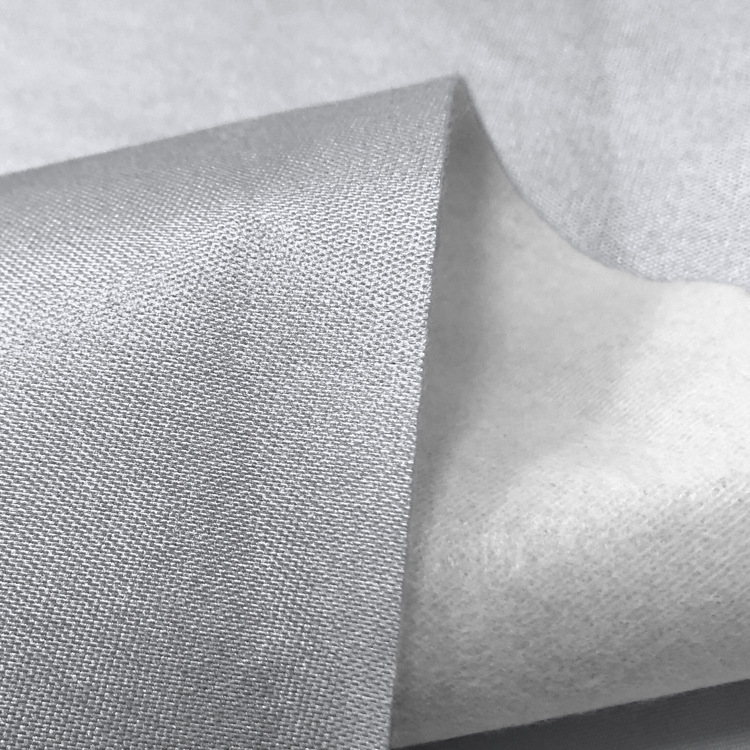Thermal storage and thermal coating fabric: Make your winter both elegant and warm!
It is said that this winter is particularly cold, does that mean that winter fabrics will also be popular? According to the salesperson of Wujiang Hanta Textile Finishing Co., Ltd., a heat-storage and thermal-insulating coated fabric has recently been widely welcomed by the market.
In order to prove the magical heat storage effect of fabrics, the salesperson did a small experiment for us on the spot. First, he took out two pieces of fabric (as shown below). The one on the left is a heat-storage and thermal fabric, and the one on the right is a heat-storage fabric. The two pieces of fabric are ordinary fabrics, and then we used a thermometer to test the temperature of the two pieces of fabric at room temperature – about 25 degrees. Then we put the fabric under a warm light, turned off the light after about a minute, and then tested it with a thermometer. It can be clearly seen that the temperature of the heat storage and thermal insulation fabric on the left side is obviously much higher than that of ordinary fabrics. Wearing clothes made of this fabric can help you get rid of heavy clothes in winter, which is both warm and lightweight. Because of its strong heat storage capacity, when winter is approaching, market inquiries are relatively high.
【Coated fabric】

The coated fabric is on the fabric (or non-woven fabric) , covered with a layer of polymer or other materials to form a composite of fabric and polymer.
The coated fabric uses solvent or water to dissolve the required coating particles (including PU glue, A/C glue, PVC, PE glue) into a saliva-like shape, and then in a certain way (Rotary screen, scraper or roller) is evenly applied on the fabric (including cotton, polyester, nylon and other base materials), and then fixed by the temperature in the oven to form a uniform layer of covering glue on the surface of the fabric.
Precautions for washing and ironing this type of fabric:

Coated fabrics are not suitable for dry cleaning. It may cause the paint slurry to dissolve or degreasing and hardening. The best washing method is to wash it by hand! It is forbidden to iron directly from the front to avoid the problem of coating melting and adhesion!
【Composite Fabrics】
Composite fabrics can be understood as two (or more) fabrics with different compositions, different organizations or different dyeing and finishing processes that are organized through a special bonding process. Together with new fabrics.
Composite fabrics apply the high technology and new materials of “new synthetic fibers” and have many excellent properties (compared with ordinary synthetic fibers), such as the fabrics are fine, clean, delicate, elegant and warm, and the fabrics are It has a plump appearance, is windproof, breathable, and has a certain waterproof function.
Its main features are warmth retention and good breathability.

Another feature of this fabric is: good wear resistance, the microfiber fabric feels soft, breathable and moisture-permeable. Therefore, it has obvious advantages in terms of touch and physiological comfort. Microfiber fabrics have poor wrinkle resistance (this is because the fibers are soft and have poor elastic recovery after wrinkles); in order to overcome this shortcoming, “composite” fabrics are adopted. “Technology, which greatly improves the shortcomings of poor wrinkle resistance of microfiber fabrics. Composite fabric is a popular outerwear fabric in Europe and America.
Precautions for washing and stain removal:
Composite fabrics are prohibited from high-intensity and long-term dry cleaning, which may cause the composite fabrics to open and bubble. Because tetrachlorethylene dissolves the adhesive layer during the dry cleaning process, it causes glue bubbling problems. It is forbidden to use oil-based stain removers when removing stains, or scraping with a local scraper, which are the root causes of glue bubbling!





